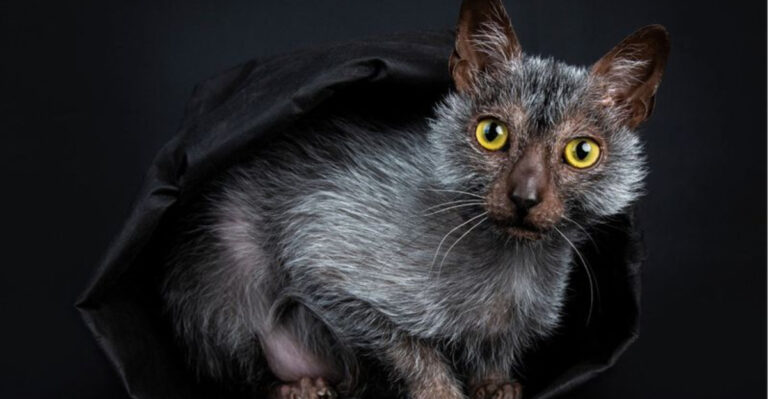13 Times Prehistoric Creatures Were Found Alive
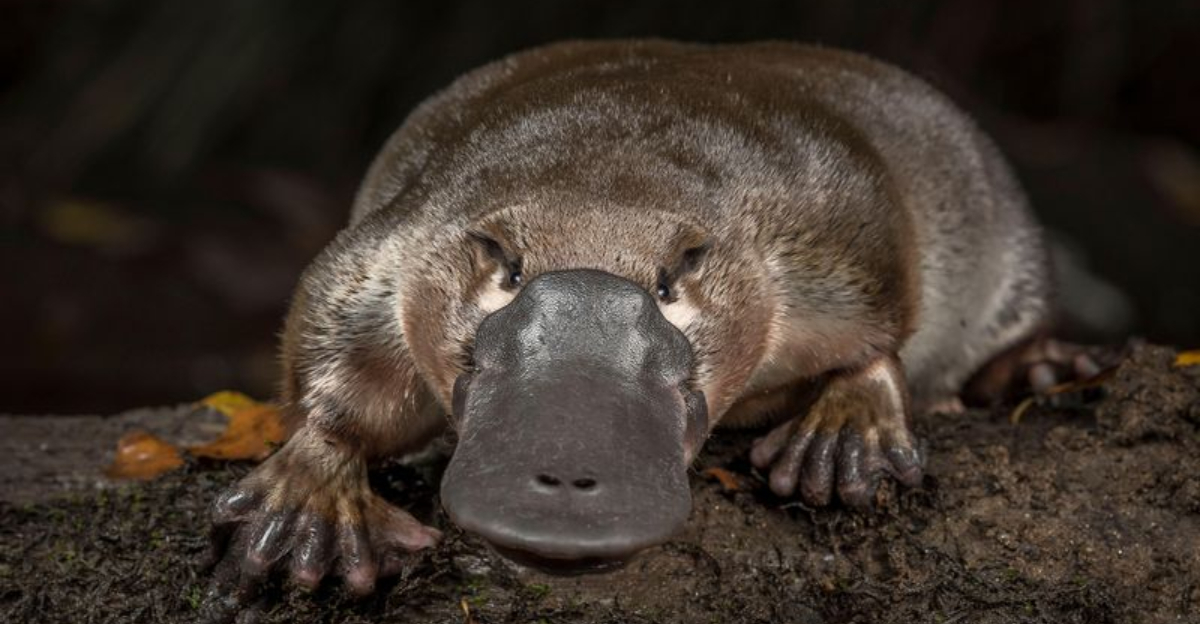
Imagine walking through a forest and stumbling upon a creature thought extinct for millions of years! While dinosaurs remain firmly in the past, some ancient animals have survived virtually unchanged since prehistoric times.
These ‘living fossils’ offer scientists precious glimpses into Earth’s distant past, connecting us directly to creatures that once roamed alongside dinosaurs.
1. Coelacanth: The Fish That Time Forgot
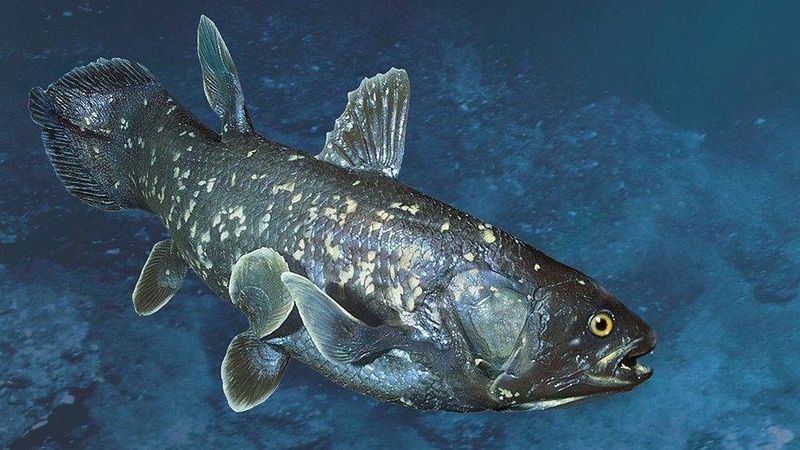
Scientists were stunned in 1938 when a fisherman hauled up a coelacanth off South Africa’s coast. This deep-sea fish, with its lobed fins and primitive features, was thought extinct for 65 million years!
Museum curator Marjorie Courtenay-Latimer spotted the unusual catch at a local fish market, saving it from obscurity. Today, these rare blue creatures still swim in the depths, largely unchanged for over 360 million years.
2. Goblin Shark: Deep-Sea Nightmare
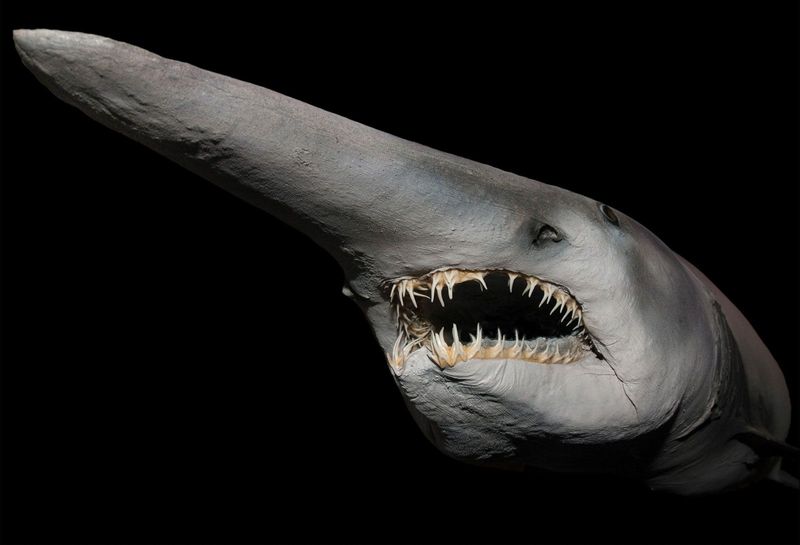
With a pink, flabby body and extendable jaws that shoot forward to catch prey, the goblin shark seems like something from science fiction. Yet this bizarre creature has been lurking in deep oceans for 125 million years.
First discovered by Japanese fishermen in 1898, these sharks typically live at depths of 4,000 feet. Their prehistoric appearance and rare sightings have earned them the nickname ‘living fossil’ among marine biologists worldwide.
3. Komodo Dragon: Modern-Day Dinosaur
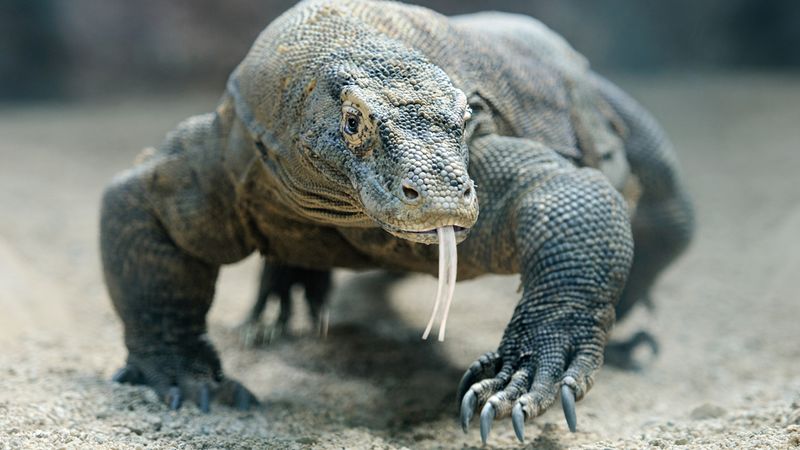
Stalking the Indonesian islands, Komodo dragons are the closest things to dinosaurs walking among us today. Growing up to 10 feet long and weighing 300 pounds, these massive lizards have remained virtually unchanged for millions of years.
Western scientists first documented them in 1910, though island locals had long known of these fearsome predators. Their toxic bite, powerful claws, and ancient appearance make them living windows into the Mesozoic era.
4. Horseshoe Crab: Blue-Blooded Survivor
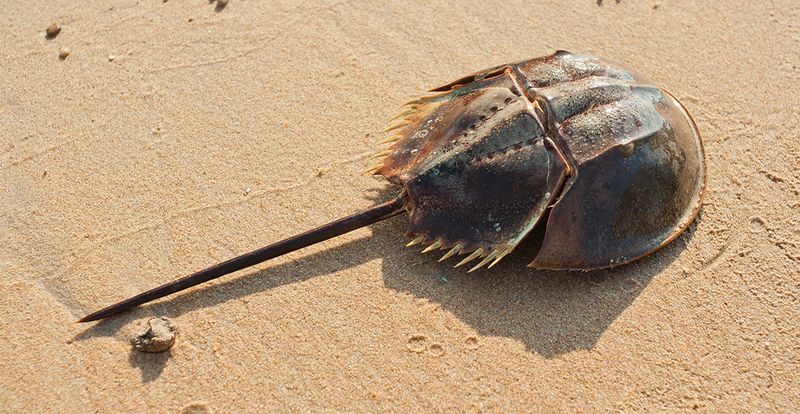
Scuttling along sandy shores just as they did 450 million years ago, horseshoe crabs are true living fossils. These armored creatures with their distinctive horseshoe-shaped shells survived multiple mass extinctions that wiped out countless other species.
Their blue copper-based blood is so valuable for medical testing that it’s worth $15,000 per quart! Found along North American and Asian coasts, these ancient arthropods were swimming Earth’s oceans long before dinosaurs existed.
5. Nautilus: Spiral Shell Time Capsule

Floating through tropical waters with its chambered spiral shell, the nautilus represents an ancient lineage dating back 500 million years. While its squid and octopus relatives evolved dramatically, the nautilus retained its primitive features.
Discovered still thriving in the deep Pacific Ocean, these remarkable mollusks use jet propulsion to move and have nearly 90 tentacles! Their beautiful shells inspired countless artists, while their unchanged anatomy provides scientists with living examples of prehistoric ocean life.
6. Tuatara: The Living Fossil Of New Zealand
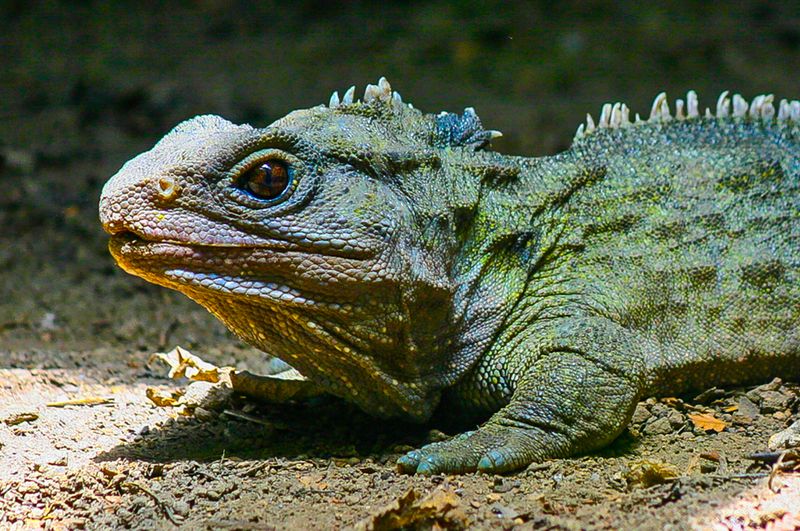
Looking like an ordinary lizard, the tuatara is actually the last survivor of an ancient reptile order that flourished 200 million years ago. Found only on small islands off New Zealand, these creatures have a unique third eye on top of their heads!
European scientists discovered them in the late 1800s, amazed by their primitive features. Tuataras grow throughout their 100+ year lifespan and have remained virtually unchanged since the time of dinosaurs.
7. Giant Salamander: River Monster Unchanged
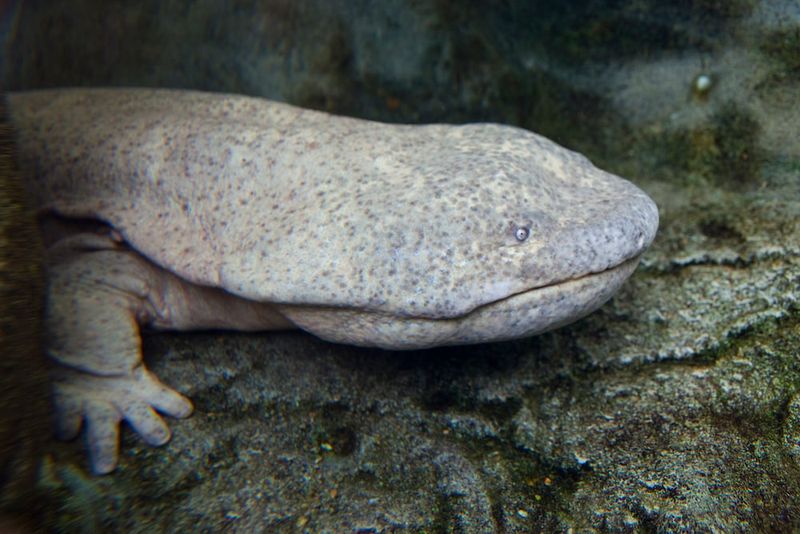
Lurking in Chinese and Japanese rivers, giant salamanders can grow over 5 feet long and look straight out of the Jurassic period. These massive amphibians have remained virtually unchanged for 170 million years!
Local fishermen have known about them for centuries, but Western scientists were shocked to confirm their existence. With wrinkled skin, tiny eyes, and flat bodies, they breathe through their skin and can live up to 80 years in their muddy river homes.
8. Frilled Shark: Ancient Ocean Serpent
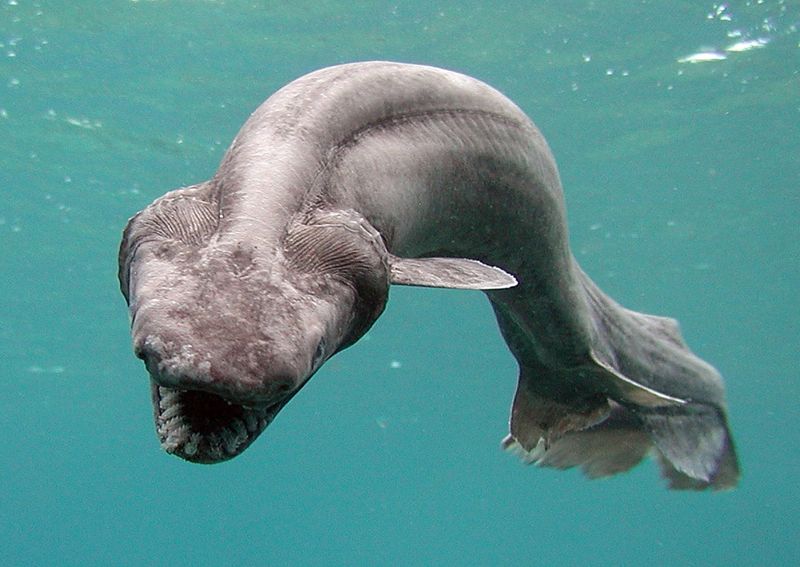
With 300 needle-like teeth arranged in 25 rows and a snake-like body, the frilled shark seems more myth than reality. Yet this deep-sea predator has been swimming Earth’s oceans for 80 million years, appearing virtually identical to its fossilized ancestors.
First documented in the 1880s, these rare creatures typically live 3,000 feet below the surface. Their primitive features, including gill slits that nearly encircle their necks, have earned them the nickname ‘living fossil’ among marine biologists.
9. Sturgeon: Armored Fish Of Emperors

Swimming alongside dinosaurs 200 million years ago, sturgeons still patrol rivers and coastlines today. These massive fish, which can grow over 20 feet long and live for a century, are covered in bony plates instead of scales.
Prized for their eggs (caviar), sturgeons were once served at royal courts across Europe and Asia. Their primitive features—including a cartilaginous skeleton and shark-like tail—reveal their ancient lineage, making them true swimming time capsules.
10. Tadpole Shrimp: Tiny Time Traveler
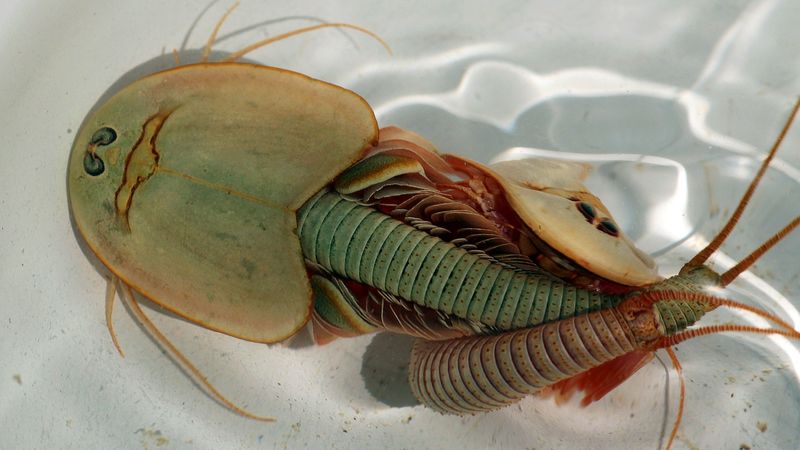
Looking at a tadpole shrimp today is like peering 220 million years into the past. These small crustaceans, with their shield-like carapace and multiple legs, appear virtually identical to fossils from the Triassic period!
Scientists discovered living populations in temporary ponds worldwide. Their eggs can survive decades of drought, hatching when water returns. This remarkable survival strategy, combined with their unchanged appearance, makes them among the most successful living fossils on Earth.
11. Okapi: Forest Giraffe Hidden For Centuries
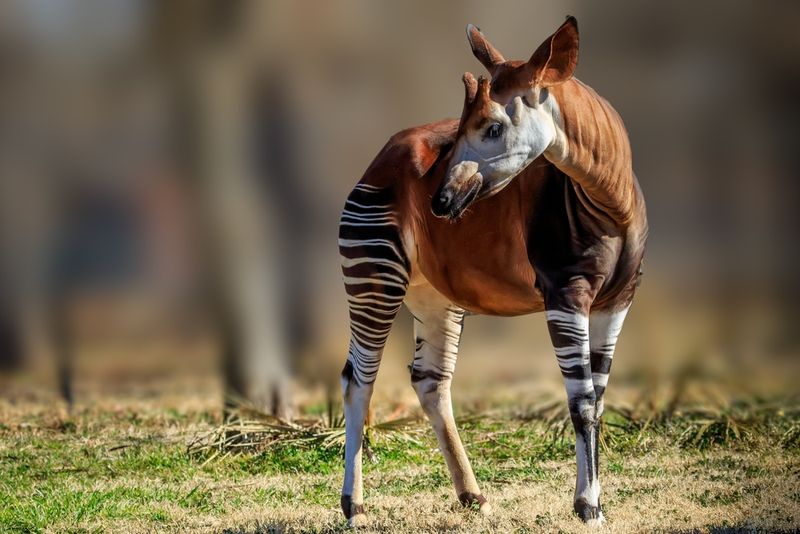
Looking like a cross between a zebra and giraffe, the okapi remained unknown to Western science until 1901. Native to Congo’s dense rainforests, this shy creature represents a living link to ancient giraffe relatives from 25 million years ago.
Local pygmy tribes knew about them for centuries, but scientists dismissed their stories as myths. With striped legs, a chocolate-brown body, and a long tongue that can clean its own ears, the okapi’s discovery shocked zoologists who thought such large mammals had all been documented.
12. Platypus: Evolutionary Puzzle Solved
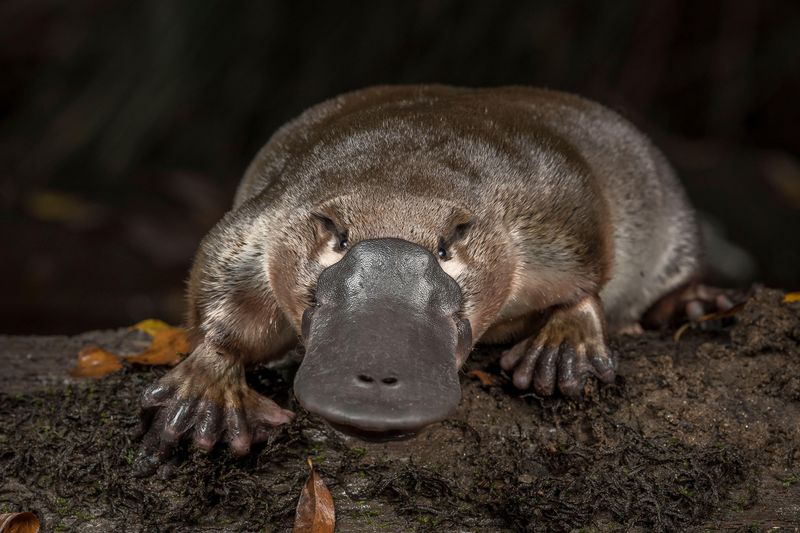
When European naturalists first encountered the platypus in 1798, they thought it was a hoax—a beaver tail and duck bill sewn together! This egg-laying mammal seemed impossible, yet perfectly showcased evolutionary links between reptiles and mammals.
Native to Australian streams, platypuses have remained largely unchanged for 120 million years. They detect prey through electroreception, have venomous spurs, and represent one of nature’s most unusual evolutionary experiments that somehow survived while similar transitional species disappeared.
13. Mountain Beaver: Not A Beaver At All

Despite its name, the mountain beaver isn’t a true beaver but rather North America’s most primitive living rodent. This stocky burrower has changed little in 40 million years, retaining features lost in modern rodents.
Scientists studying this living fossil discovered it lacks the ability to concentrate urine, requiring it to drink large amounts of water daily. Found in Pacific Northwest forests, these nocturnal creatures were well-known to Native Americans long before Western scientists documented them in the early 1800s.


